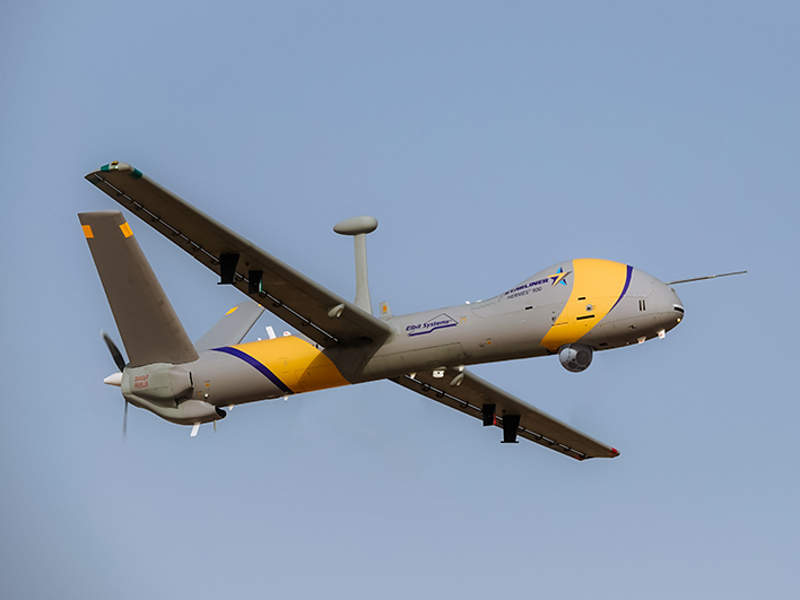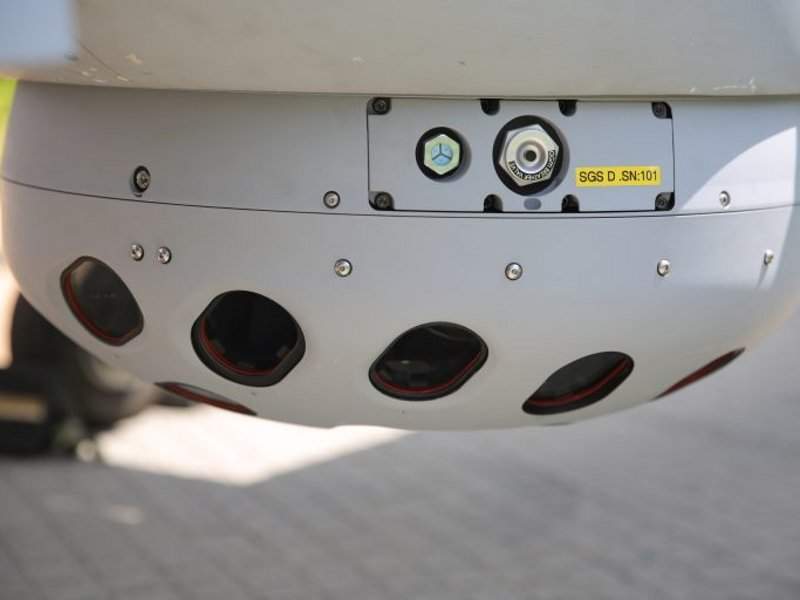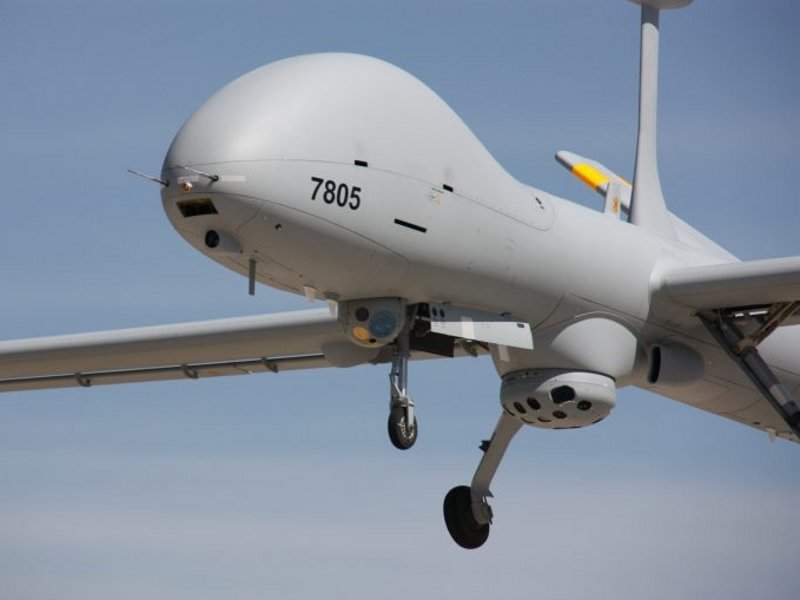Hermes 900 StarLiner, also known as Hermes 900 Heavy Fuel Engine (HFE), is the larger variant of the Hermes 900 medium-altitude long-endurance (MALE) unmanned aircraft system (UAS) developed by Elbit Systems.
The UAS complies with NATO’s Standardization Agreement (STANAG) 4671 requirement to operate in civilian airspace alongside the manned aircraft. It performed a series of flights certified by the Israeli Civil Aviation Authority during 2017-2018 and was rolled out in July 2018.
The UAS is suitable for military and commercial applications, including intelligence, surveillance, target acquisition and reconnaissance (ISTAR), homeland security, maritime patrol, border security, agriculture and industrial inspections, and post-disaster surveys.
Hermes 900 StarLiner orders and deliveries
Elbit Systems was awarded a four-year contract worth $200m by the Swiss Federal Department of Defense, Civil Protection and Sport (DDPS) to supply the Hermes 900 HFE UAS for use by the Swiss Air Force in November 2015.
The unmanned aircraft is currently in the assembly stage and scheduled to be delivered in 2019.
Hermes 900 StarLiner UAS design and features
The Hermes 900 StarLiner unmanned aircraft is based on the Hermes 900 tactical UAS. It has a wing span of 17m and a maximum take-off weight of 1,600kg.
The aircraft’s automatic take-off and landing (ATOL) capability allows it to take-off and land in near-zero visibility environments. An active de-icing system is installed for removing ice on surfaces to ensure safe operation in icing conditions.
The drone has direct and indirect lighting strike capability and can perform missions under instrument flight rules (IFR) in all weather conditions.
Payloads and sensors onboard Hermes 900 StarLiner
The Hermes 900 StarLiner drone can carry a range of multi-sensor payloads weighing up to 450kg for multiple applications. It is compatible with multi-spectral electro-optical (EO) payloads such as SPECTRO XR, Wescam MX15/20, SkEye wide-area airborne persistent video surveillance (WAPS), MIST G airborne imaging system, and laser designator/marker.
The SPECTRO XR (ISTAR) system is installed beneath the nose cone to provide surveillance, fire control and targeting capabilities. The belly mounted SkEye WAPS is used for intelligence gathering, observation and surveillance purposes.
The onboard imaging sensors capture real-time imagery/video and provide wide-area persistent surveillance during both the day and night.
The Hermes 900 StarLiner air vehicle is equipped with a terrain avoidance warning system (TAWS) for terrain prediction and obstacle avoidance. A co-operative and non-cooperative Detect & Avoid (D&A) system with air-to-air radar sensors is installed to detect both co-operative and non-cooperative aircraft.
A redundant data link with a broad bandwidth is fitted to the aircraft’s nose cone to provide line-of-sight (LOS) and beyond line-of-sight (BLOS) communications.
The UAS is equipped with a synthetic aperture radar (SAR), a ground moving target indicator (GMTI) radar and a maritime patrol radar to detect, locate and acquire targets. It can also carry electronic warfare payloads to provide airborne electronic attack capability.
Hermes 900 StarLiner propulsion and performance
The Hermes 900 StarLiner unmanned air vehicle uses a heavy-fuel motor to deliver high speed and an improved climb rate.
The aircraft has a service ceiling of 30,000ft and offers a flight endurance of up to 36 hours.
Ground control station
The air vehicle is operated by two crew members including a pilot and a payload operator from the ground control station (GCS), which incorporates a glass cockpit, two identical computer consoles, a video camera display and a moving map display.
The operator sends command, control and communications to the aircraft via a data link.
Details of the Hermes family of unmanned aircraft
The Hermes family of unmanned aerial vehicles includes Hermes 90, Hermes 450, and Hermes 900. The aircraft are operational with the Israeli Air Force and have accumulated more than 600,000 flight hours to date.






